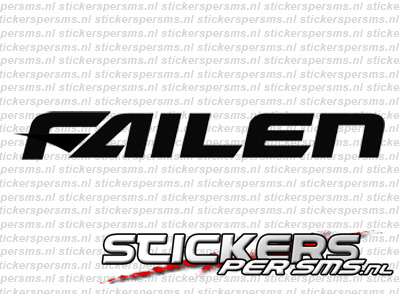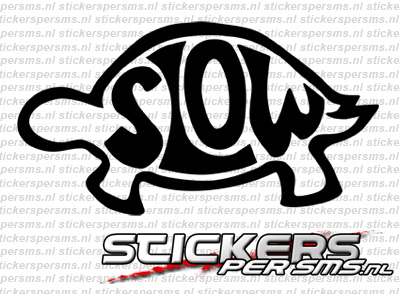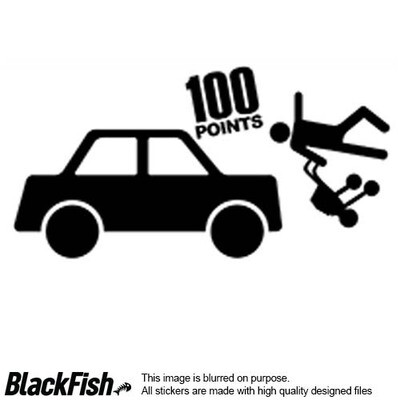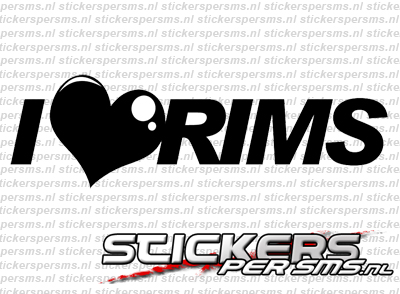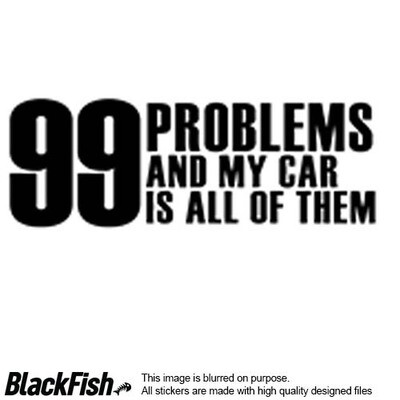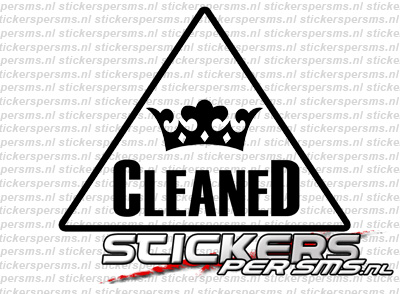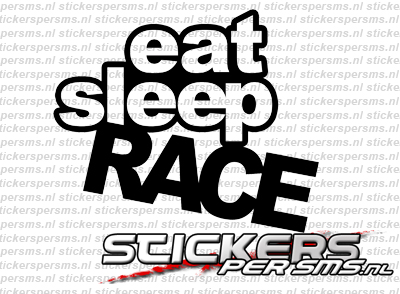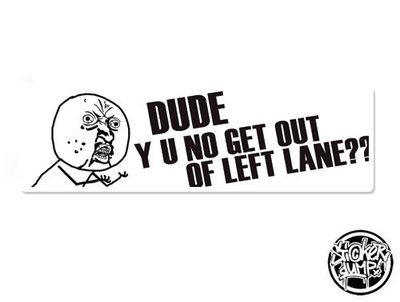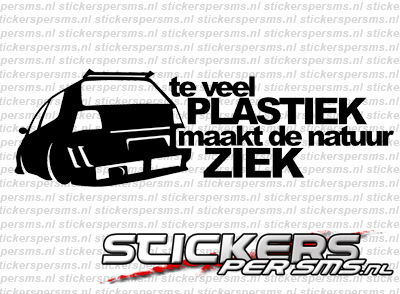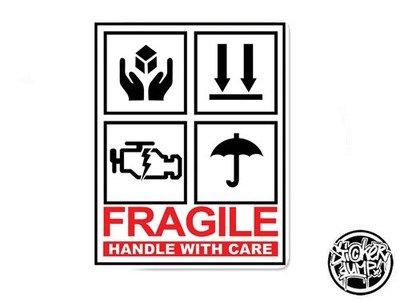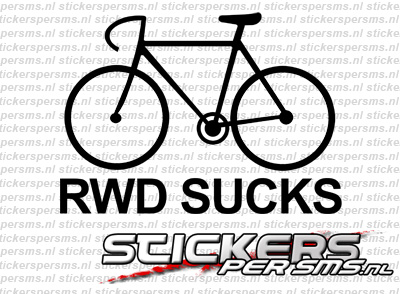Racetrack Europe France Circuit d' Albi
FRANCE - Circuit d' Albi
Circuit d'Albi, Route de Toulouse, F-81990, France
We produce stickers that makes your car or bike stands out in the stance, racing, dragrace, drift and/or international car show scene ! Over 16 years experience, special vinyls and unique designs. Looking for your own design, social media tag or communiy/club stickers? Contact us !
Follow our adventures around the world on Instagram.
Albi is a rarity in France, a racing circuit built around the perimeter of an active airfield. Runway expansion and the need to keep pace with modern safety requirements mean that what was once a flat out blast down long straights is now a stop-start lap punctuated by chicanes.
The circuit began life as a replacement for the Circuit des Planques, a fearsome tree-lined course laid out on public roads from Albi to Saint-Juér and Montplaisir which had been in use since the 1930s. In the wake of the Le Mans disaster, races were suspended, but resumed on a shorter version of the course in 1960, with vehicles capable of more than 155mph (250km/h) excluded. This proved something of a one-off, as gaining the necessary permits to race on public roads safely were proving more and more difficult to come by and, reluctantly, the road course was abandoned.
Undeterred, the members of the Albigeois Car and Motorcycle and Camping Club (AMCCA) began looking for alternatives. A proposal to create a course around the municipal airport was put forward to the city council, which owned the property. In April 1962, the scheme was approved and work began, funded jointly by the city and regional councils and the AMCCA. On 7 September, 1962, the 20th edition of the Grand Prix d'Albi took place on the brand new track, in the presence of around 30,000 spectators. Henri Oreiller took the victory and in the years following, names such as Jack Brabham, Graham Hill, Jackie Stewart and Alain Prost would all grace the Albi track.
The track was relatively narrow in its earliest incarnation and lined with hay bales around its complete route, no doubt giving competitors the feeling they were driving through a tunnel. Formula Junior was a regular visitor before the circuit began hosting Formula 3 races from 1963 as part of the European championship, while Formula Two races were also run through the 1960s and into the early 1970s. Thereafter, national Formula Three became the headline act.
In 1981, the airport runway was extended, requiring a reconfiguration of the western end of the course, which was squared off to enable it to pass briefly over the runway at a right angle. Moves were also made to upgrade the circuit to a more permanent status, though the largest changes came in 1988, when the first turn was reconfigured and a bus stop chicane inserted on the Rajol straight. New pit garages and spectator amenities were also added at this time.
Ever stringent safety requirements led to further changes in 1994, with the tightening of the Virage du Parc, which was again modified in 2004, while a chicane was added at the first corner in 2003. The final circuit revisions came in 2009, when the Clubhouse corner was turned into a further chicane and the fast sweeper onto the main straight was eliminated. The changes emasculated the flow of the circuit, but did at least allow racing to continue.
Recent years have seen the racing calendar fluctuate through the major French categories, with GT Tour and MitJet cars coming and going from the schedule and, more latterly, the focus on historic racing. Supermoto returned in 2014 and the French Superbike championship was keenly anticipated as the season highlight. Unfortunately, with increasing debts, the circuit's operating company was liquidated in August and all racing events ceased, forcing the cancellation of the superbike race.
Happily, the circuit looks set to re-emerge under the City Council though a public service delegation, which will see the awarding of an 8-15 year lease to new operators through a tender process. As well as racing, the lease will stipulate the use of the circuit for driver and rider training events, alongside promotion of environmental development projects. The circuit also seems likely to enjoy continued use for testing purposes by the Safra bus manufacturer, which build hybrid electric vehicles in the city.






